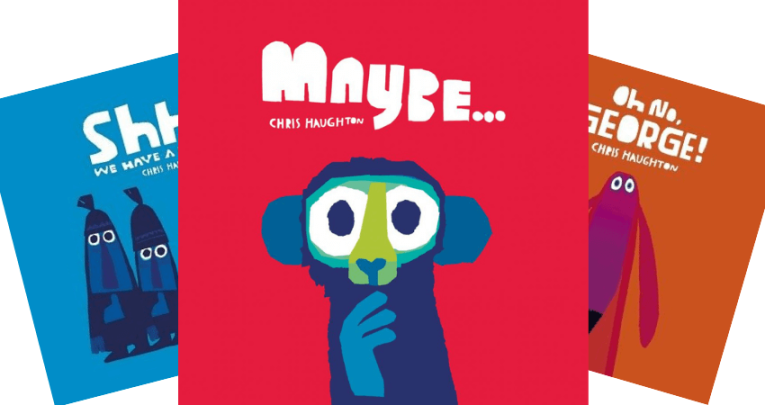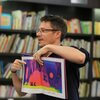Chris Haughton – ‘There’s more to picturebooks than you might think’

Although they’re light on text, reading between the lines of picturebooks is one of the best introductions to critical thinking for pupils…

We all know the power of the slow reveal – the anticipation of ‘what comes next’, and the guessing game we play with ourselves along the way.
A lot of the time, we connect this process to traditional novels, which lay out the plot over hundreds of pages, leaving clues throughout the chapters as to what twist or essential plot point lies in wait.
But this is an approach that can work just as well, if not better, with picturebooks, and help our youngest children develop that excitement for storytelling.
Reading out loud
There is something so satisfying about reading a book out loud and seeing pupils physically react to the narrative, and being able to achieve this while introducing them to books that are specifically written for their own age group is thrilling.
When I first read my latest book, Maybe… out loud, children were jumping up out of their seats, commenting on the tigers that had appeared creeping up behind the monkeys in pictures, but hadn’t yet been mentioned in the text.
It was lovely to see them so excited, and witness how they read between the lines, without even realising they were learning a really important skill.
Critical thinking
Picturebooks are also a fun way to introduce critical thinking, and the idea that when you’re talking about literature, whether that’s Shakespeare or monkeys who want mangoes, everyone’s opinion is valid.
I worked with the CLPE on their Power of Pictures programme a little while back, and the approach reminds me of the most fun classes that I had as a child; where everyone is asked for an opinion, and there’s a proper discussion.
My book Shh! We Have a Plan is used as part of Power of Pictures, and it’s great to see children discussing the cover, guessing as to what the characters might be representing, and developing ideas together.
There’s so much curiosity among children, before the book has even been opened, it’s lovely.
This kind of approach also works for all sorts of pupils – some may be incredibly literate, and be able to use sophisticated vocabulary to express their ideas, and others may have less of a grasp on spoken language but be very perceptive, noticing small details and things that are going on in the pictures.
Understanding emotions
Going through page by page also helps to slow everything down, and really allows you to get the most out of every story.
Picturebooks are typically very short, of course, but the amount of feeling and ideas they can pack in is impressive.
It’s like zooming in on an emotion or an event that perhaps plays out over 30 pages or so, allowing you to delve into concepts that might be new to your youngest readers, and helping them understand the world around them.
For instance, in my second book, Oh No, George! (which turns 10 this year!) I wanted to take the issue of making a decision, and really slow it down to dramatise the moment of choice between the right thing to do, and what you want to do.
For George the dog, this manifests as whether to eat a whole cake, or chase cats, or dig up the garden, but for children, it can serve as a great lesson in impulse control, and learning that what feels good now might not be best in the long run. It’s essentially the marshmallow test in story form!
Literacy development
Reading between the lines of picturebooks is an excellent way to develop literacy, I think.
The evidence is there for it too, from practitioners like Dr Mary Roche, whose book Developing Children’s Critical Thinking through Picturebooks: A guide for primary and early years students and teachers is a great insight into the rich teaching and learning we can get from this form.
But on top of that, reading Mary’s work, and having interacted with children myself, has really brought home the magic of getting invested in a story, and having the chance to talk about it with peers.
No matter their age, this is one of the best gifts we can give someone. It’s powerful stuff.
Chris Haughton is an author and illustrator. His books include Shh! We Have a Plan, Oh No, George! and Maybe… See more of Chris’ work at chrishaughton.com











